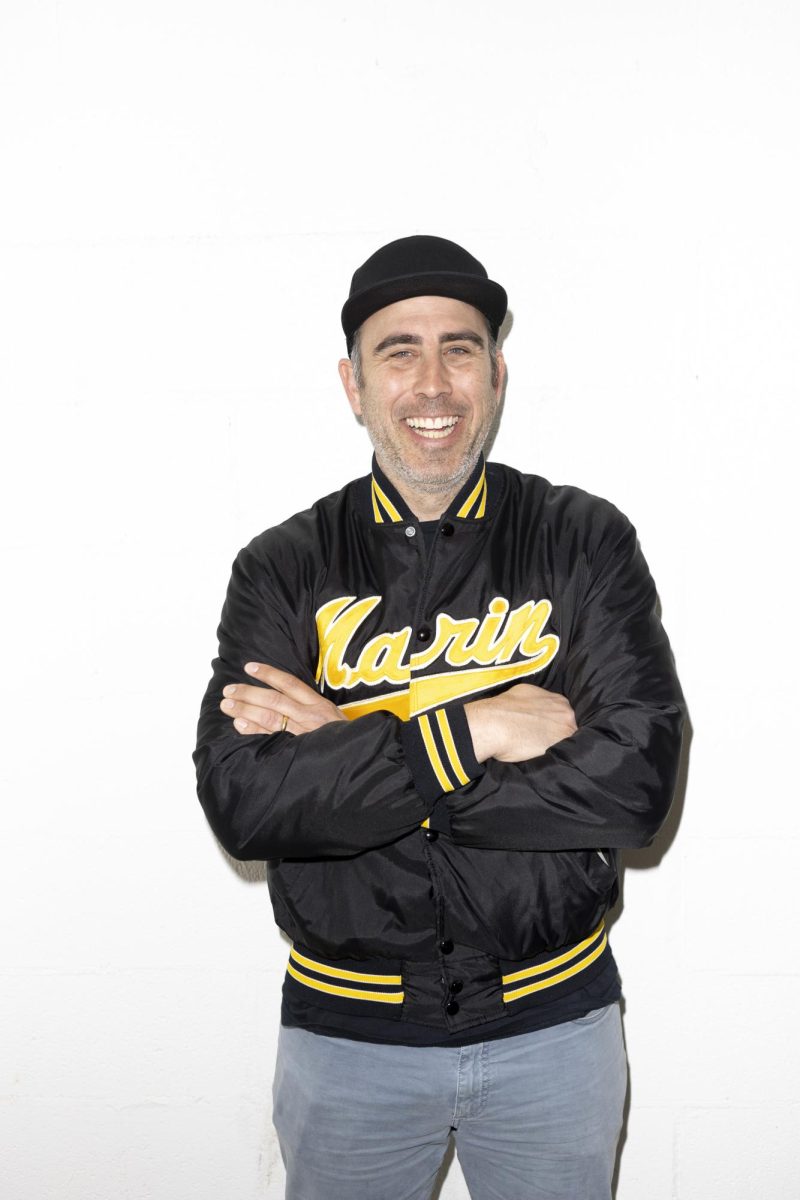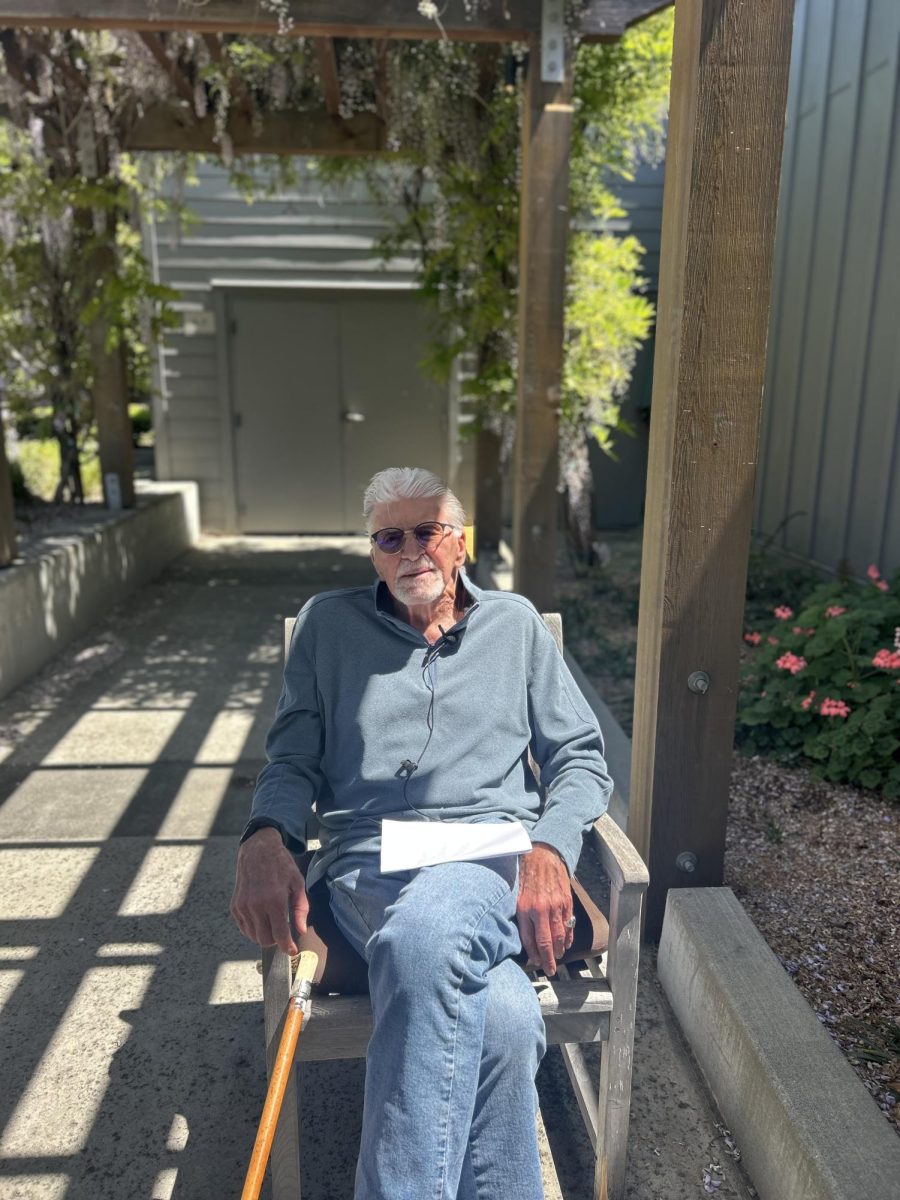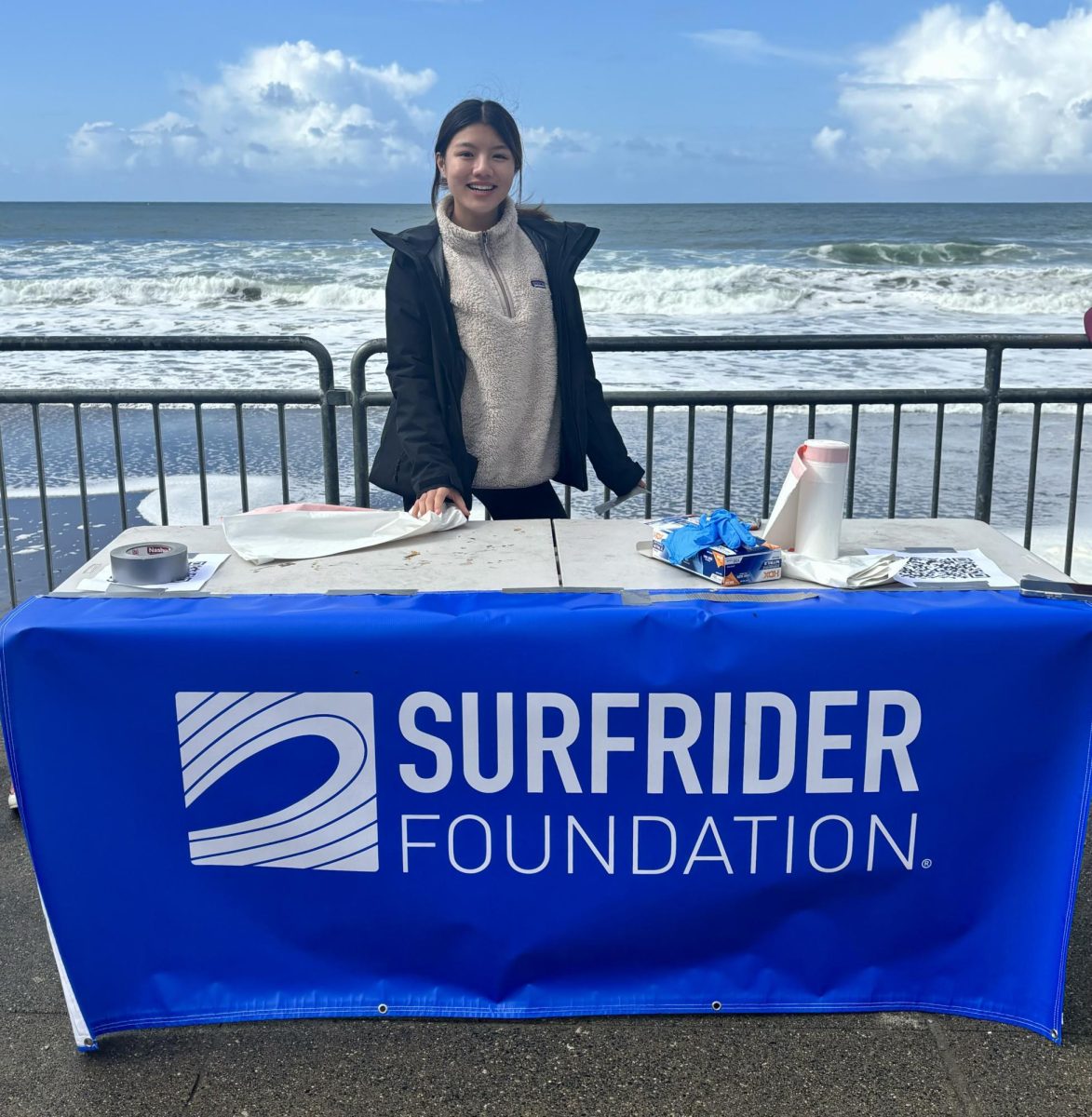Chest pains, headaches, sprains and burns are common ailments warranting a trip to the local emergency room. There, doctors rush tirelessly to attend to each patient with individual care and precision so they may recover quickly.
Among these dedicated professionals is Dr. Eddie Grom, an emergency room (ER) doctor at the Marin Health Hospital, formerly Marin General Hospital, in Greenbrae. Throughout his career, he has treated many injured community members and Redwood students.
Raised in Connecticut, Dr. Grom was fascinated by the human body and science during his high school years. A realization stemmed from his curiosity: he could apply these passions in a way that helped people by being a doctor.
Dr. Grom attended undergraduate school at Harvard University and then continued to Harvard Medical School. However, Dr. Grom says that the work completed in medical school differs from actually practicing as a doctor.
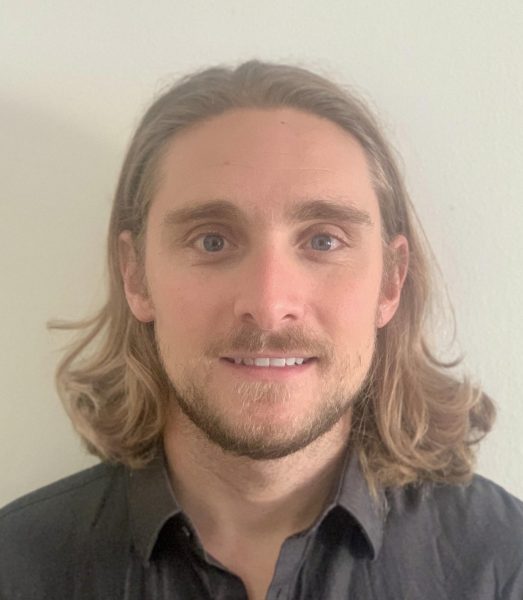
“You’re studying for these tests, and obviously knowledge is very important, but trying to pass a test is different [from] trying to be a good doctor. Overall though, it [was] really nice to come out of [medical school] realizing I learned so much,” Dr. Grom said.
Dr. Grom stayed on the East Coast until he moved to California for residency, where he specialized in emergency medicine. He typically works eight-hour shifts, seeing 20 patients on average. Although the working hours of an ER doctor fluctuate and the late-night shifts can be tedious, Dr. Grom loves the flexibility of his job.
“I can basically decide what days I want to work. That being said, I still have to work holidays, weekends and nights sometimes, but I can decide which [ones work best for me]. I can plan my shifts around taking a week off, or if I have a really important weekend that I want to spend with family, I’ll be guaranteed to get it off because I’ve worked around it,” Dr. Grom said.
Furthermore, according to Dr. Grom, empathy is an integral trait of a good doctor.
“You have to be able to put yourself in the shoes of people with different ages, racial backgrounds, gender identities, socioeconomic statuses and languages,” Dr. Grom said.
In addition, intellectual curiosity is vital to a good doctor because they’re always learning.
“You can never learn everything in medicine, so you constantly have to be reviewing and learning [new skills]. Otherwise, [trying to always improve as a doctor] can be overwhelming and unenjoyable to you,” Dr. Grom said.
He reports that the most common injuries he sees in high schoolers are orthopedic-type injuries such as fractures and sprains from lacrosse, soccer and volleyball. Besides sports, another cause of injury he sometimes sees is car accidents.
“Less common, fortunately, we see car accidents. Those can have more serious injuries,” Dr. Grom said.
As a practicing ER doctor in our community, Dr. Grom provides service for Redwood students and treated sophomore Liliana Huerta for a chronic two-week-long migraine that had prevented her from completing her freshman-year finals.
“Dr. Grom was a really amazing doctor and he made sure I had everything I needed. He made sure I was comfortable, [that] the [intravenous therapy (IV)] wasn’t hurting, prevented any bright lights or loud noises and gave me ice packs,” Huerta said.
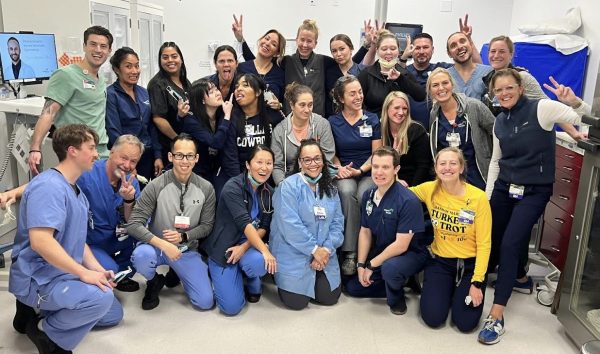
In addition to being treated by Dr. Grom, Huerta aspires to be a doctor one day, making him a role model for her.
“Seeing how Dr. Grom empathized with me and did his job so skillfully makes me want to pursue the medical field even more. Walking around the hospital, I saw how many tasks doctors have to take on in a day, which not only heightened my dream of being a doctor but also cultivated a deeper respect and appreciation for [medical professionals] like Dr. Grom, who dedicate their lives to helping others,” Huerta said.
Unfortunately, the work of heroic doctors isn’t successful every time. It is common for even the best doctors to lose a patient. According to Dr. Grom, the most important thing to do after the loss of a patient is to spend time with the family to answer any possible questions.
“It’s [also] important to take a moment of silence, then meet as a group and ask, ‘What could we have done better?’ because wanting to improve for the next patient is a really important aspect of getting past the loss of a life,” Dr. Grom said.
Losing a patient can take a toll on even the strongest doctors, leading to deep exhaustion and a loss of passion for their work. For this reason, Dr. Grom believes that one of the most challenging aspects of being an ER doctor is the risk of burnout. To combat this, he stresses the importance of good habits, such as exercise and adequate sleep, and processing the emotional toll of the job through therapy or colleague support.
On the brighter side, the work of an ER doctor is immensely fulfilling and rewarding, according to Dr. Grom.
“Every year, [the fire department holds] a big dinner where they invite all the doctors, nurses, technicians and medics that took care of [patients] who shouldn’t have survived but did. I went last year because I had two patients invited to this dinner. It was really amazing to see, touch and shake hands with someone who probably should have died,” Dr. Grom said.
Overall, people worldwide depend on the steadfast dedication of exceptional medical professionals like Dr. Grom to maintain a healthy, resilient community.







